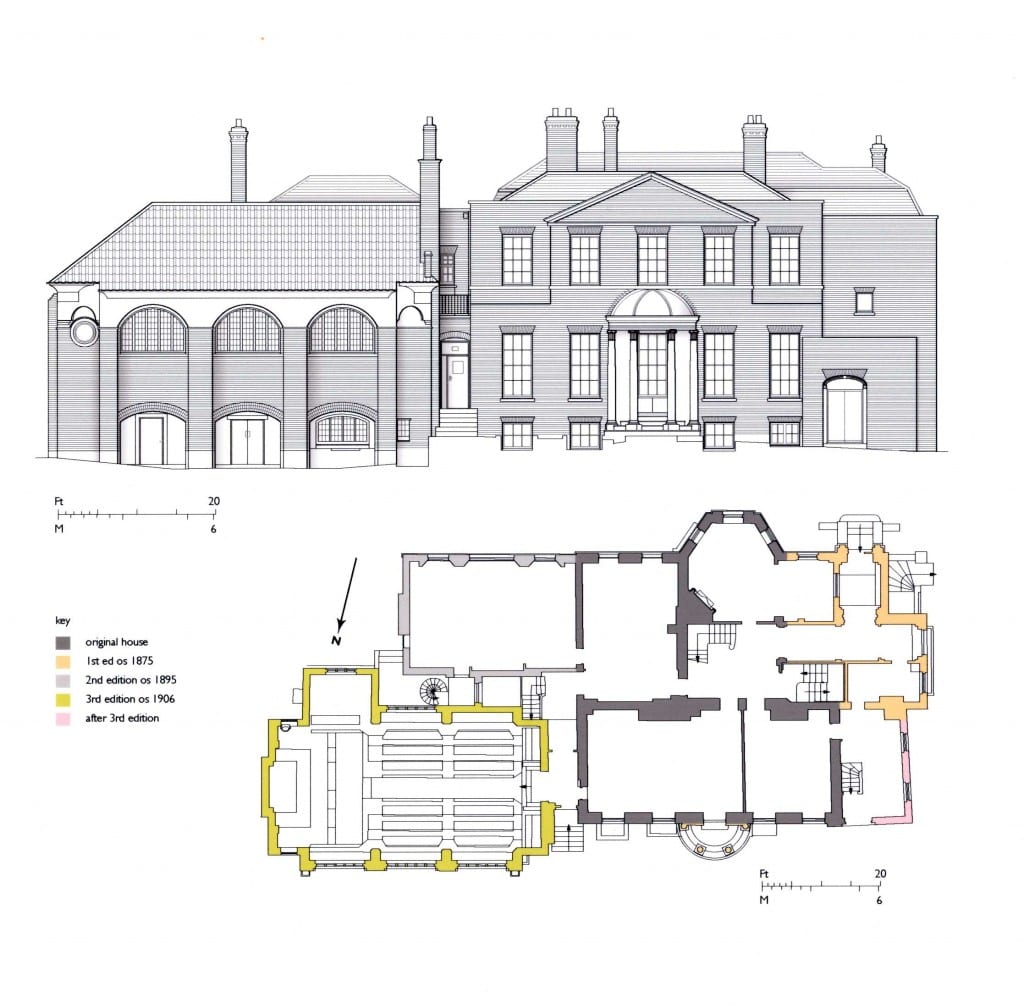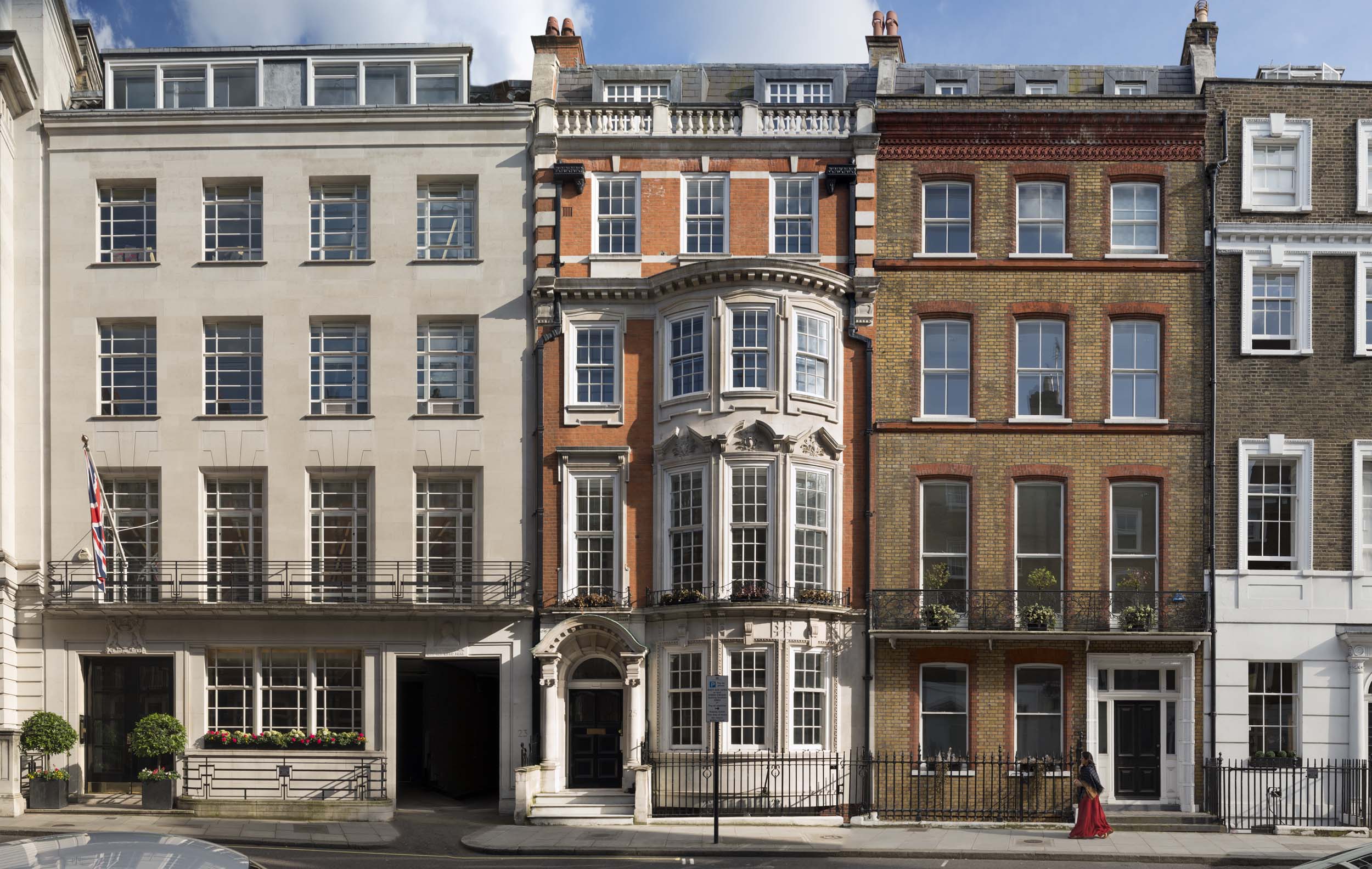Welcome to our blog
By the Survey of London, on 25 November 2015
The Survey of London provides essential reading for anyone wishing to find out about the capital’s built environment. In its 120-year history the Survey has explored a wide variety of London districts, from Soho, Mayfair and Covent Garden in the West End to Woolwich, Highgate and Norwood in the inner suburbs. In 2013, the Survey of London joined the Bartlett School of Architecture at UCL.
Our detailed architectural and topographical studies are published in volumes, each of which generally covers one parish. Each book describes the evolution of an area, giving a description of its buildings, explaining how they came into being and outlining their significance and historical associations. The text, which is based on original documentary and field research, is profusely illustrated with a mixture of archive images, architectural illustrations, photographs and maps.

Areas covered by the Survey of London. If you are having difficulty viewing images, please click here.
The volumes are listed on the Survey of London map and access to the online versions of all but the most recent volumes on Woolwich and Battersea is available at British History Online. You can also follow our updates on Twitter and Facebook.
Now we are launching the Survey of London blog. This will provide a pre-publication outlet for stories that come to light during our research and will include our architectural illustrations and photographs.

Elevation drawing and phase plan of Gilmore House, Battersea (© Survey of London, Helen Jones)
Marylebone
Our most advanced current area of study is a large swathe of the parish of St Marylebone, bounded to the south by Oxford Street and to the north by the Marylebone Road, and stretching from just west of Marylebone High Street to the parish boundary along Cleveland Street to the east. The area is rich in historic buildings and includes some of London’s most celebrated addresses, such as Portland Place, Cavendish Square and Harley Street. As the study has progressed, we have gained fresh insights into the history and significance of many aspects of this built environment. We hope that you will enjoy peeking into the buildings and places that we have explored (sometimes quite literally, with an upcoming fly-through of St Peter’s Church on Vere Street).

Queen Anne Street in 2015 (© Historic England, Chris Redgrave)
Oxford Street
Only the north side of Oxford Street falls within Marylebone and although we often just cover one side of the street when it is at the edge of a parish, this seemed particularly unsatisfactory in the case of Oxford Street. Here was an opportunity to produce a separate volume on the entire street, recognizing its historical integrity and its importance as Europe’s premier shopping street, a status which it has enjoyed for a remarkable 200 years. The south side has been touched upon in earlier Survey volumes, though not the section in the parish of St George, Hanover Square. But only a selection of buildings were included, and a few of those have since been demolished. With Crossrail and the rebuilding of Tottenham Court Road station, the entire eastern end of Oxford Street is undergoing rapid change. This volume, with, we hope, a companion photographic panorama, will provide a snapshot of the street as it is today and explore its architectural and sociological development.

Panorama of Oxford Street in 2015, north side from Hanway Street to Tottenham Court Road (© Historic England, Chris Redgrave, Lucy Millson-Watkins and James O. Davies)
Whitechapel
While work is continuing on the editing and production stage of the south-eastern Marylebone volumes, ahead of publication scheduled for November 2016, we are launching a study of Whitechapel. Whitechapel is at the heart of London’s East End and has a multifaceted history that is reflected in its diverse built environment, which includes the Royal London Hospital, the East London Mosque, Toynbee Hall, Wellclose Square and the Whitechapel Art Gallery. Whitechapel is currently in the throes of intense and rapid change due to its proximity to the City; speculative developments are now giving parts of the area a new, glassy and much taller character.
A major grant from the Arts and Humanities Research Council will permit us to break new methodological ground in collaboration with the Bartlett’s Centre for Advanced Spatial Analysis. We will create an interactive website for public co-production of research, tapping into the insights of local communities and others to document experiences and understandings of all manner of places.
As these projects develop, we look forward to sharing stories from our explorations into the history and architecture of Whitechapel and Oxford Street.

Alie Street in c.1999 (Chris Redgrave)
2 Responses to “Welcome to our blog”
- 1
-
2
Ailsa Marcham wrote on 24 August 2022:
I have been looking for a home for material collected by Mr William McBeath Marcham, one of the founder members of The Barnet Museum, who was working on the Survey of London. I have just been told that the London Metropolitan Archives cannot accept the material.
I am interested to hear from anyone who is interested to know more. I am not sure if archivists read these replies. If they do, I would love to hear from them to receive any advice they may offer.
I am afraid I am in a hurry to get help.
 Close
Close



Very interesting to see the panorama! We did another section of three blocks along northern Oxford Street just in april, which was published here: https://panoramastreetline.com/oxford-street-waring-gillow-london-united-kingdom-P13935
Will be interesting to see if you have more. We also did other stretches of the street and hope to publish them soon.
Best regards,
Jörg